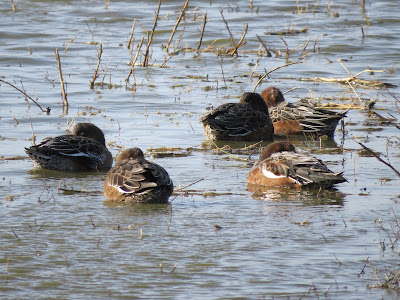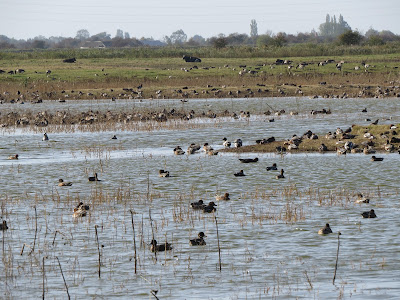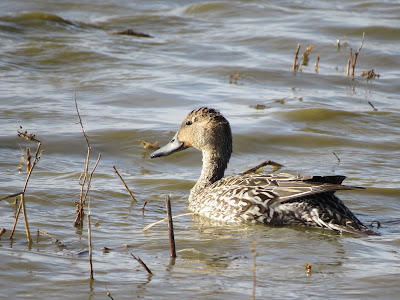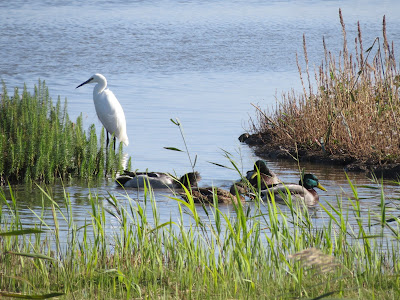Two CHAFFINCHES
Sculthorpe Moor is one of those reserevs I have driven passed plenty of times whilst in North Norfolk but never got around to visiting. I mean there are so many great reserves around this location its hard to fit them all in.
However today I had a couple of hours to kill before heading home, and with this reserve being on the way, it seemed the perfect place to while away those hours productively.
A view of the fenland, the most important habitat on the reserve
Its a small area, only 45 acres or so, but contains an important and rare habitat, lowland fen, that a reserve of that habitat of any size is important. Its owned by the Hawk and Owl Trust, a fairly small and not very known bird conservation group. They have a couple of other reserves but Sculthorpe is their main one, where their head office is.
SISKIN
Sculthorpe must be the only reserve in the country to have turned all their paths to boardwalks, including one that rises up to a tower hide. The paths wonder through a variety of habitats, dry woodland, alder carr and the important fenland.
GOLDFINCH flock
There were a lot of hides dotted around the reserve, but they could be a bit hit and miss, at some you see birds at others you don't. At every hide they had plenty of stocked bird feeders, and as you can see from the photos there were loads of birds using them. The tower hide was the best one, being up in the tree canopy with feeders way up in the trees, and just outside the window, within arms reach as you see birds coming in to feed.
GREENFINCH
One unusual bird was a REED BUNTING using the bird feeders, an unusual occurrence as their habitat doesn't often intermingle with bird feeders. Also using the same feeder was a nice NUTHATCH and a male BULLFINCH was a good find as they are scarce at the best of times.
A flock of twenty FIELDFARE flew over the fen, a harbinger of colder months to come.
CHAFFINCH
However there are plans to extend the reserve, nearly tripling it in size and adding some important habitats. I hope they are successful in raising the funds to complete it, as bigger reserves are always better, as they protect more. It would also open up new areas for people to enjoy.
A cracking male BULLFINCH
This is a cracking little reserve and a great place to spend a couple of hours. Sure it doesn't compete with the larger reserves in the area but its not really a place for that. Its so accessible for birders, so gentle and relaxed that it would be a great place to bring beginner birders who won't be bamboozled by all there is on offer. We need more of these reserves around the country, places where every person can access nature, places that are so lovingly maintained.






























